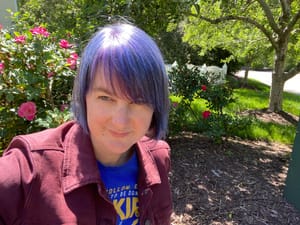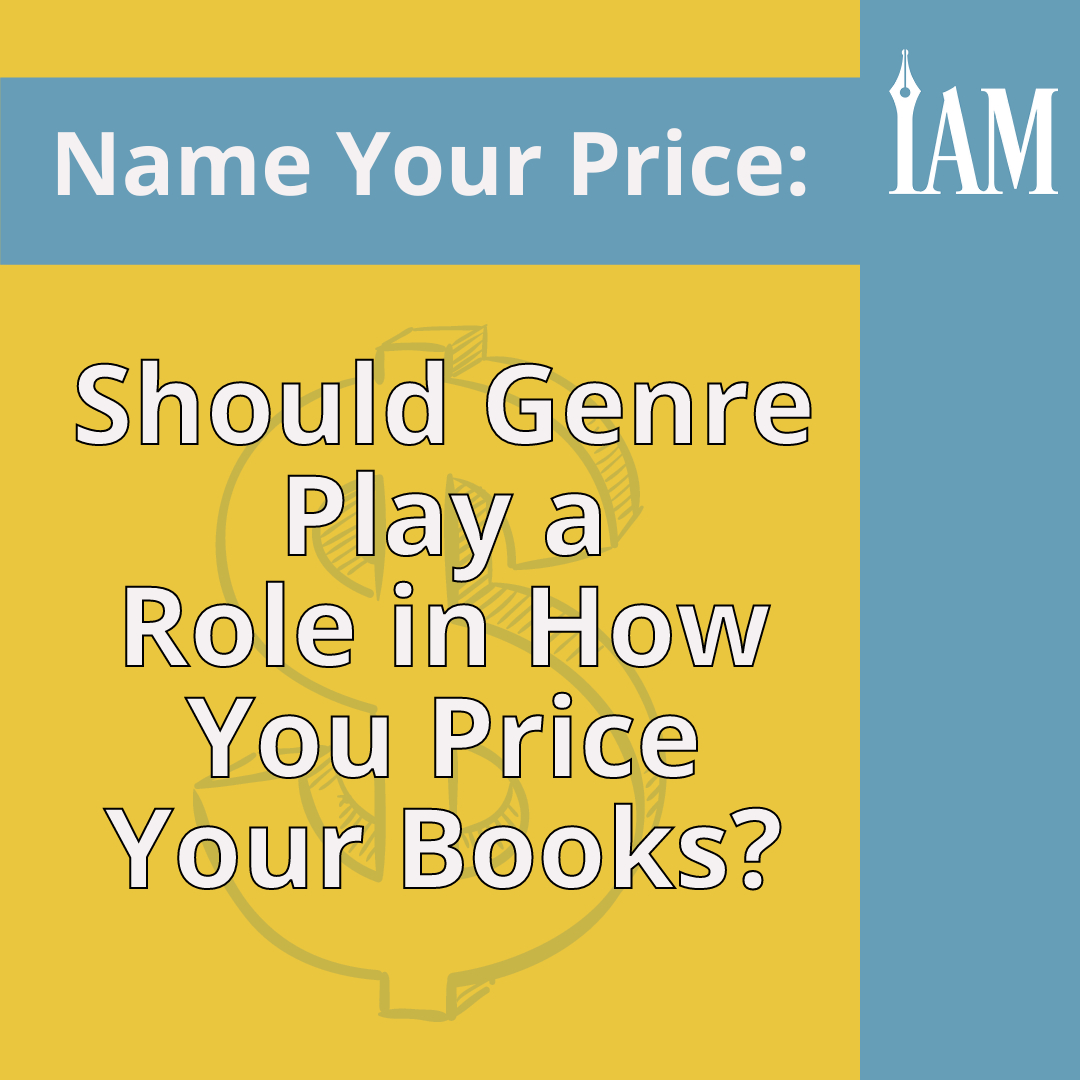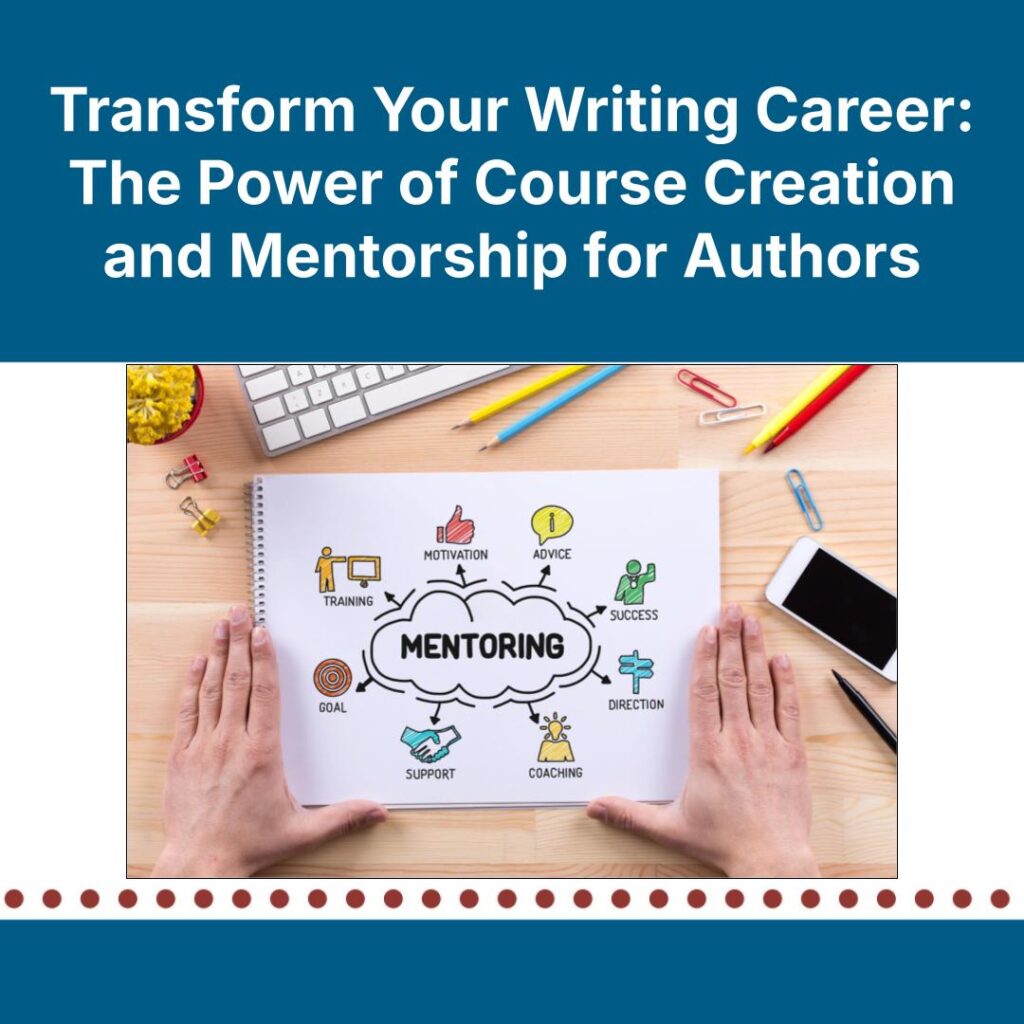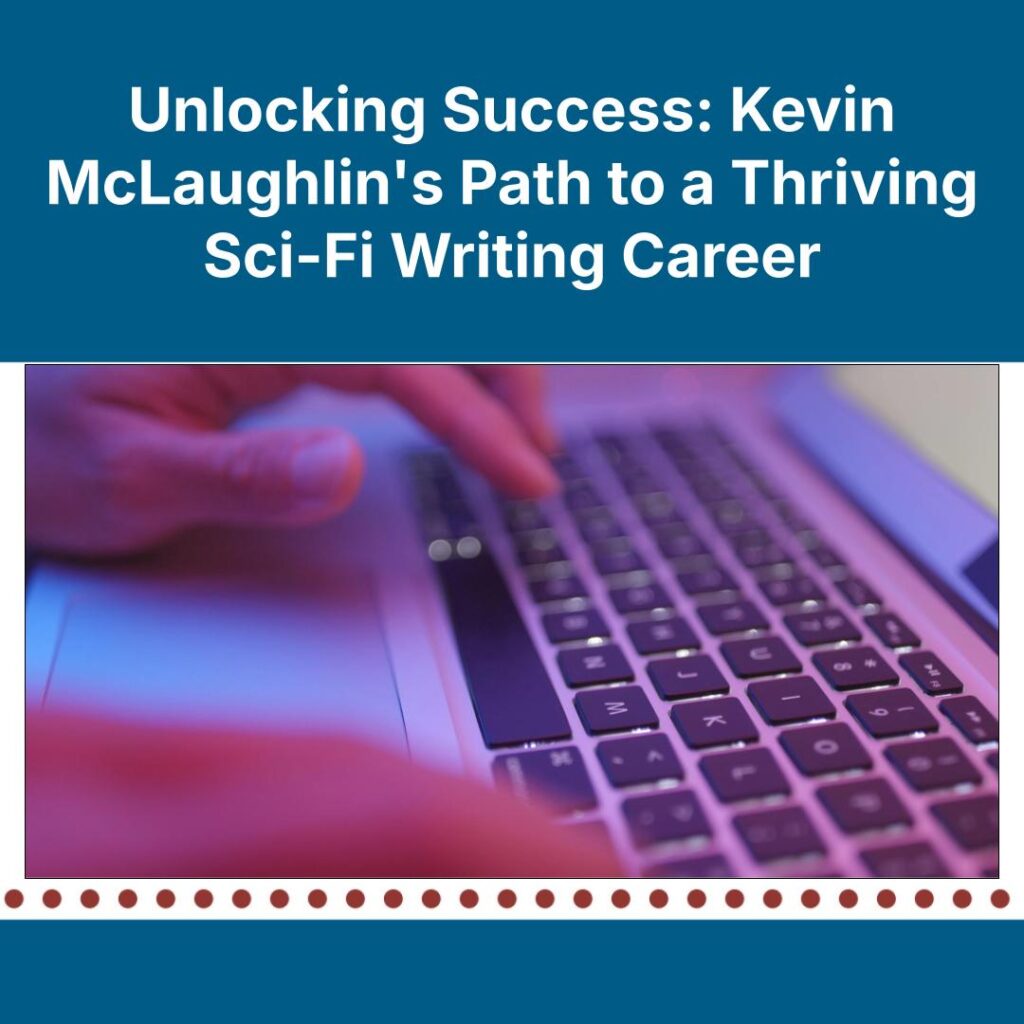Do Authors’ Ideal Pricing Strategies Vary by the Genre They Write?
Most pricing strategists tell indie authors to write in a genre that sells well and price competitively. But for new authors and those switching genres, choosing how to price your book may not feel that simple. Factors like publishing goals, format, email list size, series placement, KU status, market research, and perceived value all play a role in selecting an effective price for your book. One way to filter your options is to apply these factors through the lens of genre.
Genre expectations already account for the average length of a book, as well as various levels of formatting. Science Fiction and Fantasy, for example, are often longer than Romance novels and are more likely to offer special edition hardbacks with additional artwork, maps, or sprayed edges. Readers anticipate a higher price when the packaging of the story is more complicated.
Looking at the pricing for similar books in your genre can help determine a range of prices to apply to your own work. From there, you can choose something in the higher or lower range, depending on your specific goals. A first-in-series might be priced lower to act as a magnet for other books in your backlist. If you already have a large email list of dedicated fans, you might choose to price your book higher to meet the perceived value of your work.
Bestselling Romance novelist Jillian Dodd says, “Indie authors with great covers and a proven track record should be pricing at similar prices to trad [traditionally] published books in their genre.”
Likewise, author and IAM contributor Chrishaun Keller adds, “Price is not an indicator of quality, but we as readers do wonder if the publisher has confidence in a book that comes out the gate at a price lower than I’m used to paying.”
IngramSpark, Draft2Digital and Amazon KDP all provide guidance on pricing for their authors, but their recommendations may seem too broad to be useful. Marketing and market research tools like Publisher Rocket, KDSPY, and Kindletrends can help identify an appropriate range for your genre. Dave Chesson discusses using Publisher Rocket to price e-books on Kindlepreneur. C.S. Lakin reviewed KDSPY for TheSelfPublisher.com, and Nat Connors provides detailed market research through his Kindletrends newsletter.
In a recent newsletter, Connors looked at trends within the top one hundred Kindle e-books for three genres. According to his research, nearly 80 percent of Fantasy e-books on this list sold above $3.99. Romance shows a similar price breakdown, though Fantasy had a higher percentage of books above $4.99. Almost 40 percent of Mystery, Thriller, and Suspense books on the top one hundred list are priced at or below $3.99, with more $0.99 books than either of the other major genre categories compared.
Fantasy
Romance
Mystery/Thriller/Suspense
Here’s how some indie authors use genre expectations to determine pricing for their books.
Genre as a strict guideline
- Bree Moore, who writes Urban, Paranormal, and Epic Fantasy, says, “I park mine right in the middle of other indie authors in my genre, though I’ve started to raise it [prices] a bit more.” She says she “had a desire to see what my audience would tolerate. So many e-books, especially trad published, are priced $10 to $20. I figured I might be selling myself short.” So far, the increase in price has not affected her sales numbers.
- Beck Grey is the author of five LGBTQ+ Contemporary Romance books, published in e-book, paperback, and audiobook formats. When pricing for retailers, Grey’s first goal is to look at “the leaders in my genre and check out what they price their books for,” Grey says. “Then I usually go with the average for pricing on mainstream retailers.” The author’s direct pricing strategy for paperbacks is similar, with an added discount to account for the cost of media mail “since many people have Amazon Prime so get free shipping.”
- Horror and Paranormal Comedy author Scott Burtness has been publishing “on and off for ten years.” He says he started out pricing his books among lower comps but has shifted prices up and down over the years while staying with genre expectations, which tend to be lower due to the shorter average length of Horror and Paranormal Comedy books. “What I found interesting was that when my books were at $0.99 or $1.99, I didn’t sell as many units. When I put the price up to $2.99 or $3.99, I sold more units. But once I hit $4.99, orders went down again.”
Genre as a piece of the puzzle
- Lisa Cassidy writes Epic Fantasy for both adult and YA audiences. While she primarily focuses on pricing within genre expectations, she says she also considers “those that are close in content/tone, etc. to mine that are doing well (i.e., ranking in Top 100 lists).” She reviews these price comparisons “every twelve months or so” and adjusts accordingly, usually increasing her prices to match the market.
- William Brinkman prices his Sci-Fi and Urban Fantasy according to genre but leaves some room for promotions. “Currently, I have one permafree book, which is a short story collection. I use it as an introduction to the series, and it’s too short for me to justify charging for it. The novelette I charge $2.99 for so I can run sales for $0.99 later on. The novel is at $3.99, and I can occasionally run $0.99 specials. I’ve also tried to survey Urban Fantasy book prices using Publisher Rocket, K-lytics, and [by] eyeballing the Amazon charts. So it’s a matter of trying to stay within genre expectations and allow room for occasional sales.”
- Women’s Fiction and Suspense author Pamela Kelley says, “I price according to genre but also by how long I’ve been doing this and size of readership. I only recently bumped from $4.99 to $5.99 and was nervous about doing so. When I first started in the genre I priced at $3.99 to make it more of an impulse buy—and that worked well.”
Pricing without considering genre
- Spicy Romance author Emilia Rose says she “used to price based on genre, but I’ve since stopped.” Now her pricing strategy “varies from platform to platform.” Having come from publishing on Wattpad to now running six-figure subscriptions on Ream and publishing her e-books through KDP, she wants “to be as accessible to readers as possible because it’s important to me for lower income readers to be able to read my books.” To that end, she still offers her rough drafts free and has made her e-books available through libraries. When she publishes her final copies through retailers, however, she asks a higher-than-average price for her genre. Since readers who can’t afford this increase have other ways to access her content, she says, “my readers have not reacted negatively.”
- Clint Chico, a high school teacher writing Contemporary YA novels that feature LGBTQ+ characters, also tries to keep his books at a price point his young readers can afford. He tends to consider length over genre: “KDP requires that you charge enough to cover printing costs, and my books range between 70,000 words and 150,000 words (250-450 pages). So most of my paperbacks have to cost $9 or more.” His e-books are priced lower than genre averages and are enrolled in Kindle Select. “I don’t see Horror or Romance costing any more or less than Fantasy or Sci-Fi, so I’m not pricing my books any differently according to genre.”
Pricing your book can be daunting, but it doesn’t have to be a permanent decision—and probably shouldn’t be. Book prices fluctuate regularly as authors consider their goals, seasonal sales shifts, promo opportunities, and other factors. As your experience grows and the market changes, take some time to reevaluate where your book fits into your overall author business plan. Then measure the weight of those other factors.
Authors are often encouraged to consider genre norms when writing for publication, and even if they aren’t writing to market, most authors consider reader expectations as part of their business plan. Including genre trends in your pricing strategy might be a good first step, especially for emerging writers.










